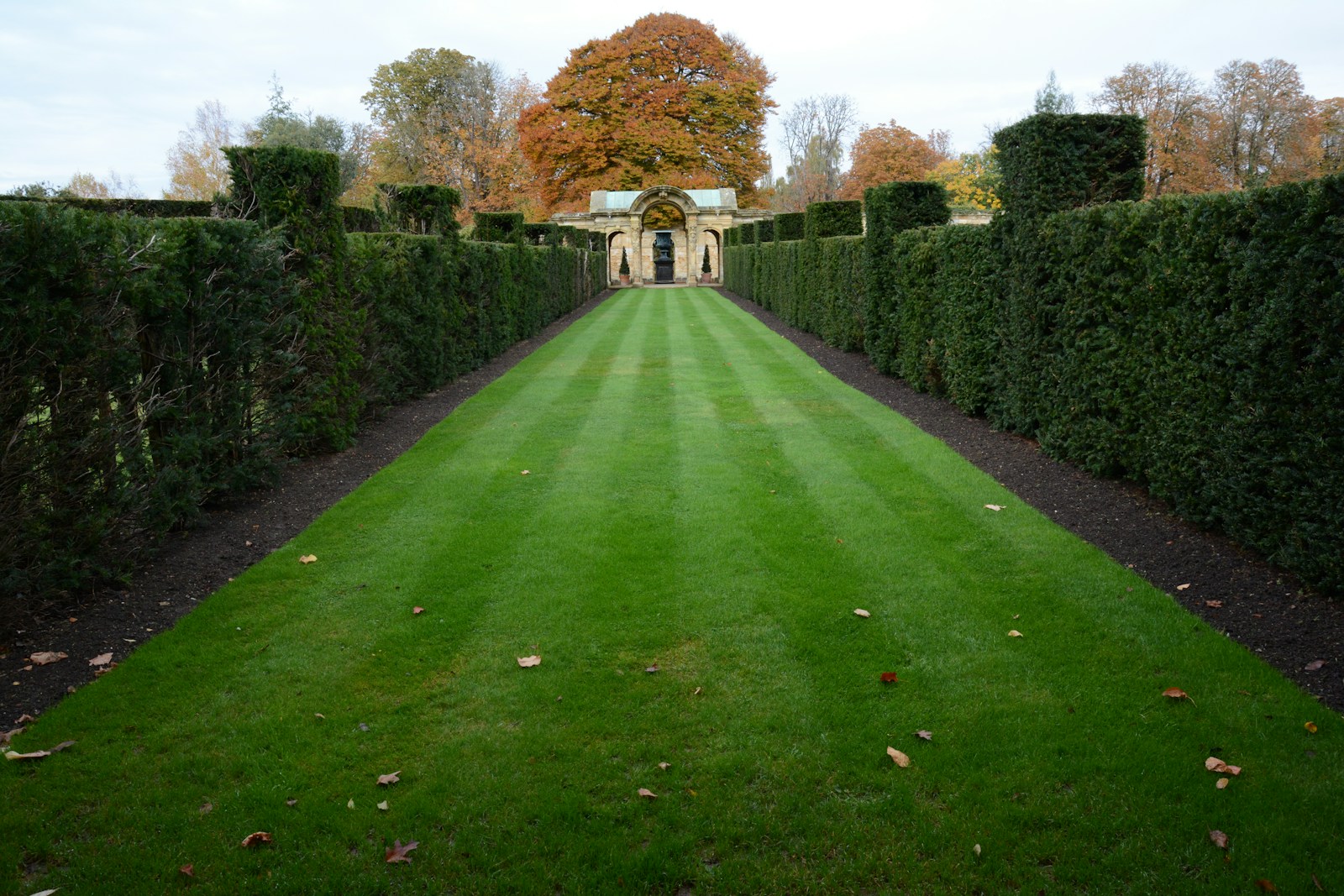Hydroponics is a method of growing plants without soil, using nutrient-rich water solutions to deliver essential nutrients directly to the plant roots. Instead of soil, plants are supported by inert growing media such as perlite, vermiculite, coconut coir, or simply a nutrient-rich water solution. The key to hydroponics is providing the right balance of nutrients, water, and oxygen directly to the plant roots for optimal growth.
Hydroponics in your garden can be utilised in various ways, offering several advantages such as faster growth, higher yields, and better control over the growing conditions. Here are some ways you can implement hydroponics at home:
- Hydroponic Systems:
- Drip System: Nutrient-rich water is dripped onto the base of each plant.
- NFT (Nutrient Film Technique): A thin film of nutrient-rich water flows over the roots.
- Deep Water Culture (DWC): Plant roots are suspended in a nutrient solution.
- Aeroponics: The nutrient solution is misted directly onto the roots.
- Container Gardening:
- Use containers filled with a hydroponic growing medium and nutrient solution.
- Ideal for small spaces like balconies, patios, or even indoors.
- Vertical Gardening:
- Stack hydroponic systems vertically to maximize space.
- Suitable for walls, shelves, or specially designed vertical towers.
- Kratky Method:
- A simple, passive hydroponic method that uses a single nutrient solution in a non-circulating system.
- Well-suited for growing leafy greens and herbs.
- Aquaponics:
- Combines hydroponics with aquaculture (raising fish).
- Fish waste provides nutrients for plants, and plants help filter and purify the water for the fish.
- Grow Lights:
- Supplement natural light with artificial grow lights, especially in indoor environments.
- LED lights are energy-efficient and suitable for a variety of plants.
- Temperature and Humidity Control:
- Maintain optimal environmental conditions for plant growth, especially if growing indoors.
- pH and Nutrient Monitoring:
- Regularly monitor and adjust the pH of the nutrient solution.
- Keep track of nutrient levels to ensure plants receive the right balance of essential elements.
- Automated Systems:
- Implement timers and sensors to automate watering, nutrient delivery, and other environmental controls.
By carefully choosing the right hydroponic system and components, anyone can set up a hydroponic garden at home, regardless of the available space. It’s important to start small, understand the needs of the specific plants you’re growing, and gradually expand as you gain experience in hydroponic gardening.


